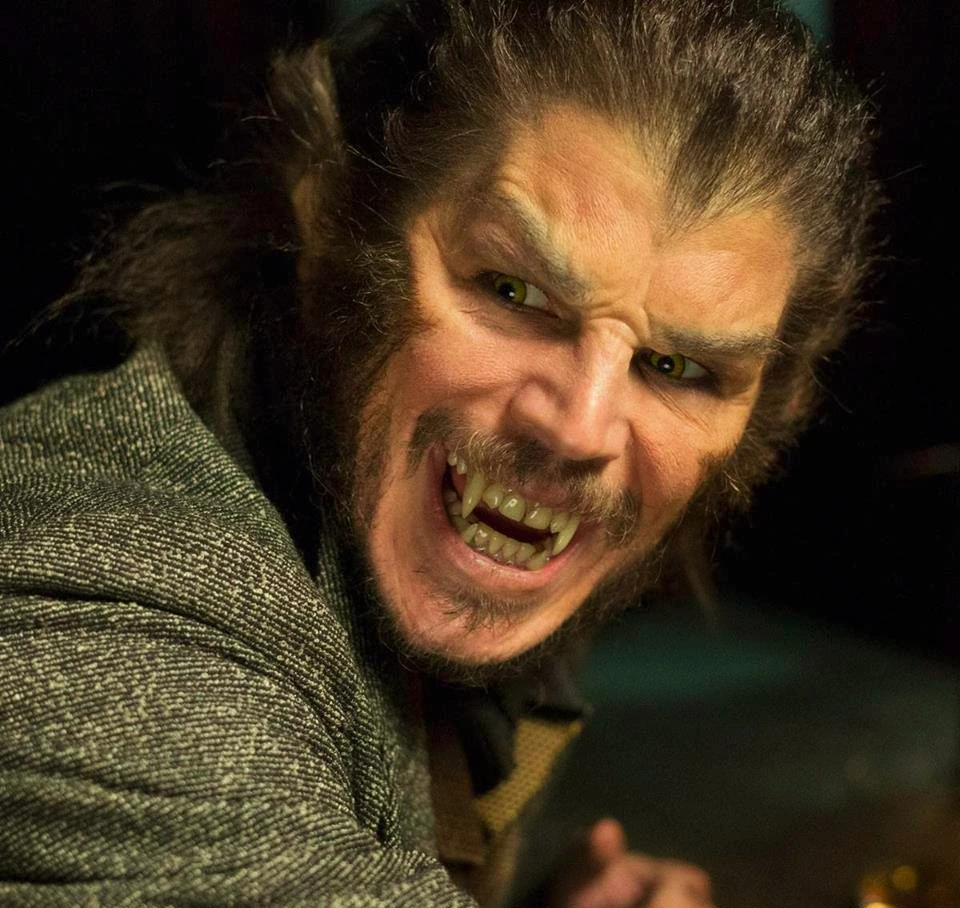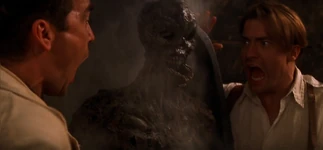Greetings readers! Today we're celebrating the third anniversary of this blog. Many thanks to all of my readers!
Tomorrow is Halloween, and since I've done seasonal posts for the past couple of years, I felt like carrying on the tradition. With that in mind, I want to take a look at part of what makes Halloween so spooky: Monsters.
Monsters (and dressing up as them for Halloween) have gone hand in hand long before Universal began to create their monster movies. The fictional costumes people now don for fun were once believed to be very real, and very fearsome. Numerous folktales and legends from all around the world speak of these creatures. From ghosts and devils, to witches and werewolves, up to vampires and zombies, here's a look at some of the most popular monsters throughout the ages...along with the reasons they were so feared.
The origins of Halloween lie in the Celtic holiday of Samhain. During this festival, it was common practice to dress as one of the dead. Ghosts, ghouls, and spirits were some of the guises worn by celebrants. The vengeful, unquiet dead were said to roam free during Samhain, and humans could avoid their notice by dressing as undead as well.
A more cheerful variation on this theme lies in the Latin American celebration of Dias de los Muertos, the Days of the Dead. Taken from the Catholic All Saints' Day and All Souls' Day, which themselves stem from Samhain, Dias de los Muertos is a time to honor the dead and celebrate their life. My own city does a parade every year for this holiday in which people paint their faces to look skeletal, and wear more traditional Mexican garb.
Witches and devils stem from Christianity's influence. In fact, throughout the years Halloween costumes have been heavily influenced by religion. A lot of the early horror writers were Christian authors. (Nowhere is this more obvious than in The Curious Case of Dr. Jekyll and Mr. Hyde, in which both the dangers of repression and the horrors of a life without morals are explored.) Because of this religious influence, most of the more popular costumes, those included, feature individuals either dead or damned.
For the most part, these monsters share similar goals. They are deadly predators. As such, they are immensely dangerous and something to be feared. But it also means that they follow certain rules. They seek prey. They defend their territory. Occasionally, they look for a mate. Think of the Mummy seeking revenge on those who disturbed his tomb, or Dracula hunting for a bride.
It is when these monsters move outside of their territory, or attack for a reason other than food or revenge, that they are at their most terrifying. Frankenstein's monster sees parts of this, because he has no real goal when he is first born, and cannot be predictable. Dracula becomes infinitely more frightening when he leaves his territory and travels to another country - where his tactics are no longer known, and where most don't even know of his existence.
But there is one monster even more frightening than this, and it's one which has risen in popularity in just the last few decades. Originally, zombies were very different from the creatures which now dominate movies, TV shows, and video games. Raised by voodoo and witchcraft, a classical zombie was slow-moving, shackled to its creator's will, and had no brain function. They were more in keeping with what one might expect from a necromancer's slaves.
Over time, these zombies morphed into the rage-virus zombies we're now so familiar with. Many monsters owe their popularity to common fears at the time - fear of the occult, of the foreign stranger, of "heathen" religions, or of certain diseases transmitted by blood. Modern zombies are no different. They stem from fear of the viral outbreak, the disease with no cure which just keeps spreading.
In many ways, this is what makes the zombie so terrifying. It's certainly why I find them the scariest of the monsters. Unlike their other Universal brethren, the zombie apocalypse is not a traditional predator. It does not seek to feed, to defend, or to find others like itself. Its single goal is the extermination of all other life. Like the Borg, it seeks to assimilate everything else, until there is only the virus. This makes it difficult to defeat, and impossible to predict. It breaks the mold of monsters that have come before it, which I think is part of why the rage-virus has become so popular. It's something new and terrifying, and it holds audiences spellbound. (It's also a good platform from which to explore the darker side of humanity, and to see just how far someone desperate to survive will go; just look at The Walking Dead, where most of the conflict is between warring human factions, not humans versus zombies. That's another kind of horror all in itself.)
I'm very interested to see how the horror genre changes as society's fears change in the future.
What are some of your favorite monster movies? The Mummy remains one of mine!
Happy Halloween!





No comments:
Post a Comment